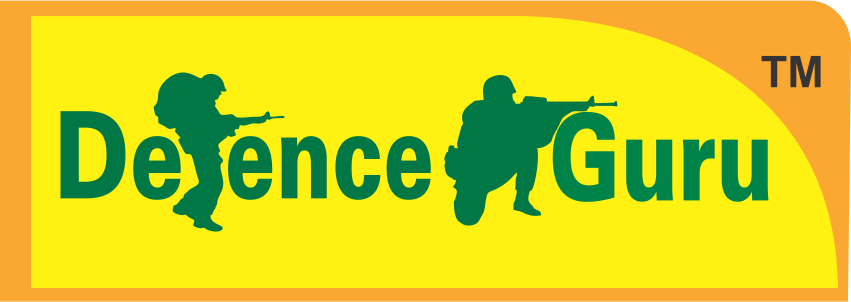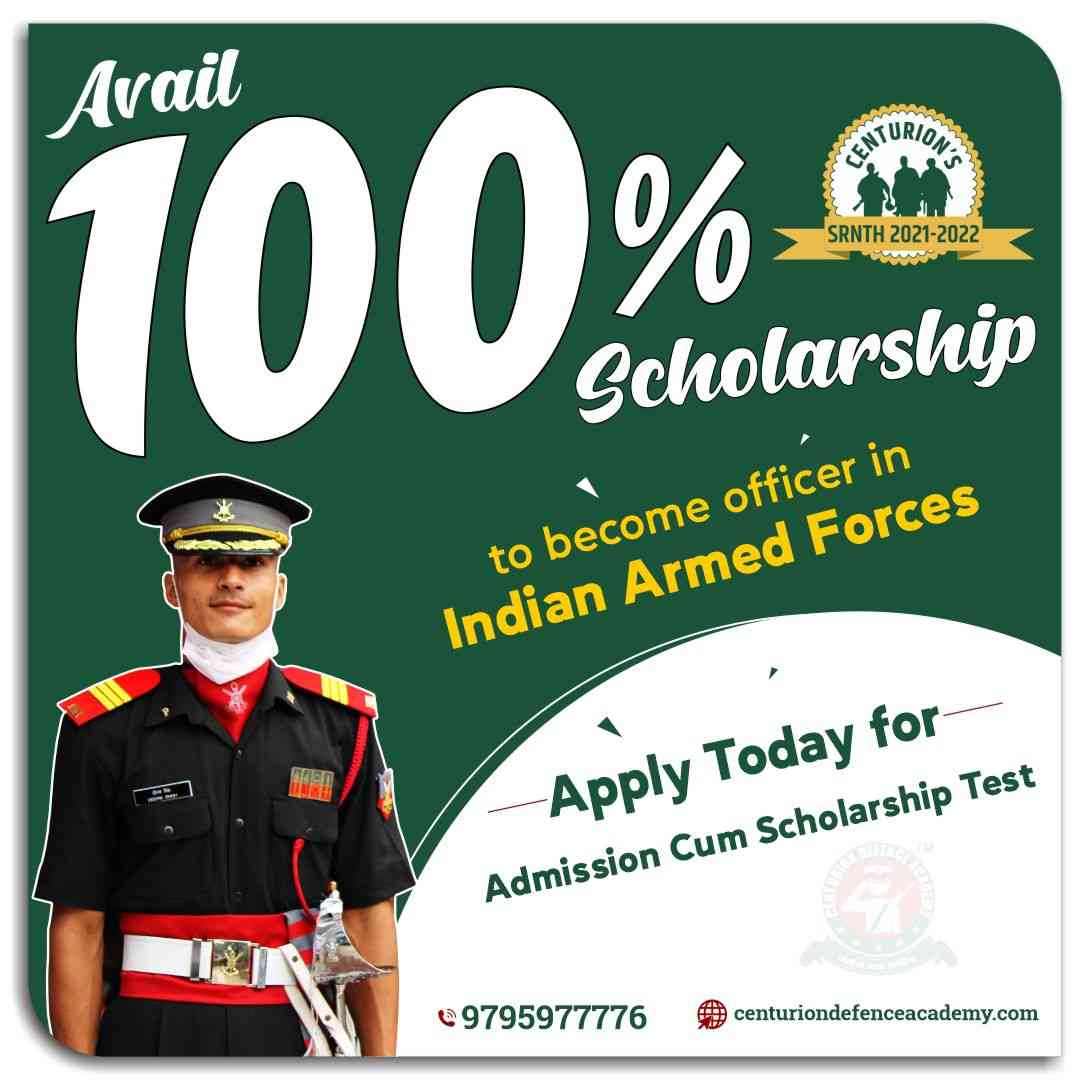Army, in simple words is valor+ nobility. Quite a mathematical equation isn’t it? But certainly a true one!
Amongst renowned Armies of the world, Indian Army is one of the most disciplined, highly skilled and well trained army. Its guiding principle lies in the passion and dedication of the soldiers and Officers. Giving a tribute to this appreciated unit of India, here is an article that lays down all the necessary details of Indian Army.
Indian Army is the largest wing of Indian Armed Forces. The President of India is the Supreme Commander of the Indian Army, and it is commanded by the Chief of Army Staff (COAS). The current COAS is General Bipin Rawat.
The central mission of the Indian Army is to guarantee national security and national unity, defend the nation from external aggression and internal threats, and maintain peace and security within its borders along with conducting humanitarian rescue operations during natural calamities or any other disturbances. Indian Army earned fame with its brilliant performance in some crucial wars such as Kargil war, Bangladesh war, war of India- Pakistan 1965 and Siachen conflict.
Jumping onto the internal structure of Indian Army here are its necessary details:
COMMANDS
Indian Army is the fourth largest army in the world and is divided into 7 commandments:
Eastern Command (Headquarter – Kolkata)
Currently, in this command 12 divisions and 4 cores are working.
23rd Infantry Division – Ranchi
2nd Mountain Division – Dibrugarh
5th Mountain Division – Bomdila
17th Mountain Division – Gangtok
56th Mountain Division – Zakhama
21st Mountain Division – Rangia
20th Mountain Division – Binnaguri
57th Mountain Division – Leimakhong
71st Mountain Division – Missamari
27th Mountain Division – Kalimpong
59th Infantry Division –Panagarh
72 Infantry Division – Pathankot (Currently being raised)
III Corps – Dimapur, Nagaland
IV Corps – Tezpur, Assam
XXXIII Corps – Siliguri, West Bengal
XVII Corps – Panagarh, West Bengal
Central Command (Headquarter - Lucknow)
Currently no unit of this command is working and it is assigned to South Western Command.
Northern Command (Headquarter - Udhampur)
At present, 7 divisions, 3 cores and 1 brigade of this command are working.
3rd Infantry Division – Leh
19th Infantry Division – Baramulla
10th Infantry Division – Akhnoor
8th Mountain Division – Dras
28th Mountain Division – Gurez
25th Infantry Division – Rajauri
39th Infantry Division – Yol
XIV Corps – Leh
XV Corps – Srinagar
XVI Corps – Nagrota
10 Artillery brigade
Southern Command (Headquarter - Pune)
Currently, in this command 6 divisions, 2 cores and 3 brigades are working.
41st Artillery Division – Pune
11th Infantry Division – Ahmedabad
31st Armoured Division – Jhansi
12th RAPID– Jodhpur
36th RAPID – Sagar
54th Infantry Division – Hyderabad/Secunderabad
4th Armoured Brigade
340th Mechanised Brigade
475th Engineering Brigade
XII Corps – Jodhpur
XXI Corps – Bhopal
South-Western Command (Headquarter - Jaipur)
At present, 7 divisions, 2 cores and 3 brigade of this command are working.
42nd Artillery Division – Jaipur
4th Infantry Division – Allahabad
16th Infantry Division – Sri Ganganagar
6th Mountain Division – Bareilly
18th RAPID – Kota
33rd Armoured Division – Hisar
24th RAPID – Bikaner
6th Independent Armoured Brigade
615th Independent Air Defence Brigade
471st Engineering Brigade
I Corps – Mathura
X Corps – Bhatinda
Western Command (Headquarter - Chandigarh)
Currently 9 divisions, 3 cores and 6 brigades of this command are working.
40th Artillery Division – Ambala
1st Armoured Division – Patiala
26th Infantry Division – Jammu
7th Infantry Division – Firozpur
14th RAPID – Dehradun
29th Infantry Division – Pathankot
9th Infantry Division – Meerut
22nd Infantry Division – Meerut
15th Infantry Division – Amritsar
2nd Independent Armoured Brigade
3rd Independent Armoured Brigade
23rd Armoured Brigade
612th Mechanised Independent Air Defence Brigade
474th Engineering Brigade
55th Mechanised Brigade
II Corps – Ambala
IX Corps – Yol
XI Corps – Jalandhar
Training Command (Headquarter - Shimla)
This Command is the nodal agency for all institutional training in the army.
Indian Army RANKS
Indian Army has a widespread, well established rank structure which adds more honor to it and below is its complete information:
Rank – Field Marshal
Insignia – National emblem over a crossed baton and saber in a lotus blossom wreath
The Field Marshal rank is the highest rank in the Indian Army. It is a ceremonial or wartime rank.
Rank – General
Insignia – National emblem over a five-pointed star, both over a crossed baton and saber
Apart from the honorary rank of Field Marshal, this is the highest rank held by an Army officer. It is only the Chief of Army Staff (COAS) who holds this rank.
Rank – Lieutenant General
Insignia – National emblem over crossed baton and saber
Lieutenant generals are appointed only by selection (after 36 years of commissioned service) and may hold the position of a Vice Chief of Army Staff or Army Commanders.
Rank – Major General
Insignia – Five-pointed star over crossed baton and saber
Major Generals are promoted by selection (after 32 years of commissioned service).
Rank – Brigadier
Insignia – National emblem over three five-pointed stars in a triangular formation
Brigadiers are promoted by selection (after 25 years of commissioned service)
Rank – Colonel
Insignia – National emblem over two five-pointed stars
Colonels may be promoted by selection (after 15 years of commissioned service) or may be promoted (time-scale) after 26 years of commissioned service.
Rank – Lieutenant Colonel
Insignia – National emblem over five-pointed star
Rank – Major
Insignia – National emblem
Rank – Captain
Insignia – Three five-pointed stars
Rank – Lieutenant
Insignia – Two five-pointed stars
Junior Commissioned Officers of the Indian Army
Rank – Subedar Major (Infantry) or Risaldar Major (Cavalry and Armoured Regiments)
Insignia – Gold national emblem with stripe
Rank – Subedar (Infantry) or Risaldar (Cavalry and Armoured Regiments)
Insignia – Two gold stars with stripe
Rank – Naib Subedar (Infantry) or Naib Risaldar (Cavalry and Armoured Regiments)
Insignia – One gold star with stripe
Non Commissioned Officers of the Indian Army
Rank – Havildar (Infantry) or Daffadar (Cavalry and Armoured Regiments)
Insignia – Three rank chevrons
Rank – Naik (Infantry) or Lance Daffadar (Cavalry and Armoured Regiments)
Insignia – Two rank chevrons
Rank – Lance Naik (Infantry) or Acting Lance Daffadar (Cavalry and Armoured Regiments)
Insignia – Onerank chevron
Soldiers
Rank – Sepoy
Insignia – Plain shoulder badge
Indian Army CORPS:
There are various corps or to say headquarters (not to confuse with field headquarters) formed to handle an all-arms field army of three to five divisions or their equivalents. Here is a list of the same:
There is a list of corps with their respective headquarters.
- I Corps - Mathura (Uttar Pradesh)
- II Corps - Ambala (Haryana)
- III Corps - Dimapur (Nagaland)
- IV Corps - Tezpur (Asom)
- IX Corps - Dharamsala (Himachal Pradesh)
- X Corps - Bhatinda (Punjab)
- XI Corps - Jalandhar (Punjab)
- XII Corps - Jodhpur (Rajasthan)
- XIV Corps - Leh (J & K)
- XV Corps - Srinagar (J & K)
- XVI Corps - Nagrota (J & K)
- XXI Corps - Bhopal (Madhya Pradesh)
- XXXIII Corps - Siliguri (West Bengal)
Add to the above, there are also certain administrative corps of Indian Army which are as follows-
- Army Aviation Corps
- Army medical Corps
- Army Ordnance Corps
- Corps of Military Police
- Defence Security Corps
- Indian Army Service Corps
- Indian medical Service
- Military Nursing Service
- Indian Army Corps of Signals
Impressing isn’t it? Most certainly the internal structure of Indian Army is perfectly sorted and you can also be a part of this dignified stream by joining through one of the following process:
TGC (Education)
Age – 23 – 27 Years
Qualifications – MA/MSc in 1st or 2nd division
UES
Age – 18-24 Years
Qualifications – Final-year Student of an Engineering Course
TGC
Age – 21-27 Years
Qualifications – BE or B.Tech or B.Arch MSc computer
JAG (Men & Women)
Age – 21-27 Years
Qualifications – Law Graduate with at least 55% marks
National Defence Academy
Age – 16½-19½ Years
Qualifications – 10+2
10+2 Tech
Age – 16½-19½ Years
Qualifications – 10+2 (70% marks with PCM)
Indian Military Academy (Non-Tech)
Age – 19-24 Years
Qualifications – Graduate
Short Sevice Commission (Non-Tech)
Age – 19-25 Years
Qualifications – Graduate
Short Sevice Commission
(Tech Men & Women)
Age – 19-27 Years
Qualifications – BE/BTech stream of Engineering/B.Arch, MSC Computer
NCC Special (Men & Women)
Age – 19-25 Years
Qualifications – 50% aggregate in graduation with an “A” or “B” grade in NCC “C” certificate
Talking of female entry into Indian Army there are a handful of options that provide great opportunity to be a part of Indian Army. Here is a list of those options:
- Combined Defence Services Examination (CDS)
- Short Service Commission (Technical) Women
- NCC (SPL) Entry Women
- Joint Advocate Military Nursing Service (MNS)
- General (JAG) SSCW Entry Scheme
The complete inside- out of Indian Army has been drafted above. If you are proud of this honorary field and want to serve your motherland then start preparing for Indian Army now and check its official website.






